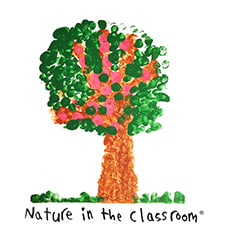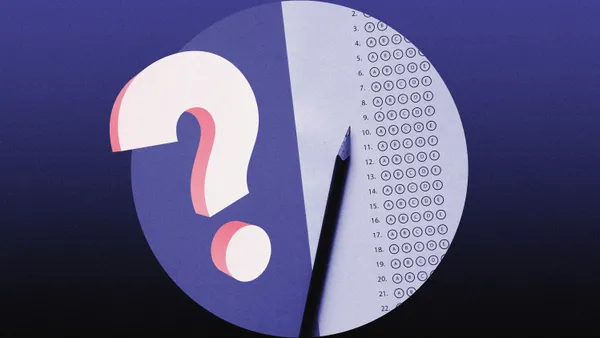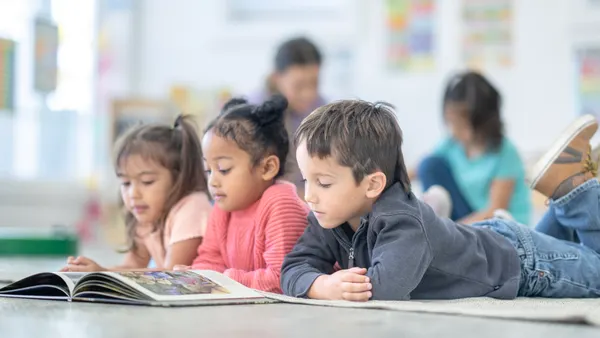Dive Brief:
- The books taught in secondary classrooms have largely not changed over the last 35 years, according to a new report from the National Council of Teachers of English.
- Even in the face of classroom censorship and uneven teacher autonomy and curriculum flexibility, the diversity of books taught has changed little since 1989, the study found, based on responses from 4,096 current secondary English language arts teachers in public schools.
- Prior to the NCTE study, there were only two other large-scale national studies of literature used in secondary English classrooms, in 1964 and 1989. The current researchers found a greater difference in the books on the top 10 list from 1964 to 1989 than they did between 1989 and 2024.
Dive Insight:
According to the NCTE study, 90% of teachers somewhat or strongly agreed that diverse literature should be required for all students.
Diversity in literature matters because it makes reading more engaging and exposes students to realities beyond their own, said NCTE President Tonya Perry. Having diverse books in the classroom allows students to relate to what they read and puts some of the timeless themes of the classics into a more modern context, she said.
“If your books don't reflect diversity in experiences, and you don't have a chance to think more about today's world, then it doesn't challenge you to bring yourself to the table and think more about how you can impact your own world and other spaces,” said Perry.
Of the books on the top 10 list for 2024, these were also on the 1989 top 10:, “Romeo and Juliet,” “The Great Gatsby,” “Of Mice and Men,” “To Kill a Mockingbird” and “Hamlet.”
“Macbeth” appeared across all three lists.
The authors on the 1964 list were all White and all men except for Mary Ann Evans, who used the pen name George Eliot to hide her gender, the NCTE report noted. The 1989 list of books also came from White male authors aside from one White woman, Harper Lee. The 2024 list included one other woman author, Mary Shelley.
“I don't think that having texts that are older is something that we can't have in our classroom, but I do believe that having diverse texts in the classroom actually enhances our instruction,” said Perry. “Even if we have texts that are listed here, they could be paired with more modern texts to really bring students in, to get that kind of thinking that we want from our students.”
While the classics remain in the top 10 of most-taught books, 93% of teachers reported using diverse literature in their classrooms, and 91% said they wanted to use more diverse literature.
According to the NCTE report, various factors could contribute to the enduring prominence of classic texts in secondary English language arts classrooms. For one, while teachers are reportedly using diverse, contemporary literature, the sheer range of options can lead to those titles appearing on the top 10 list less frequently.
The level of autonomy teachers have over their curriculum can also impact the diversity in their curriculum. About 1 in 5 teachers reported having no autonomy in their text selection, while another 1 in 5 said they had complete autonomy.
The report also noted that censorship is having an effect. Teachers mentioned 1,359 unique titles that their schools, districts or libraries have censored.
“To Kill a Mockingbird" is the only book that appeared on both the top 10 censored and top 10 taught books — it was the second most censored book but also the sixth most taught. Eight of the remaining nine books on the top 10 most frequently taught list also appeared in the censored book list.
According to the survey, the four most mentioned sources of censorship were: parents, school boards, state law and the school district. Parents are a particularly influential part of the censorship process, the report said, as they were mentioned more than twice as often as state laws or school districts.
As educators grapple with being equipped to teach diverse texts and also deal with potential pushback, Perry emphasized the importance of continuous professional development opportunities.
She explained that professional development should prepare teachers to provide explanations and rationales to parents about why they are teaching specific books. Professional training should also help educators become more comfortable in teaching and advocating for diverse literature through conversations with other teachers.













